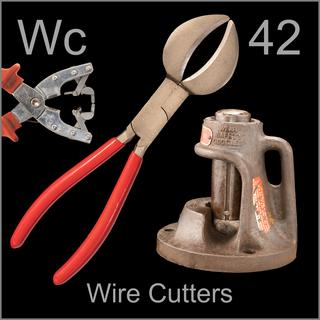 |

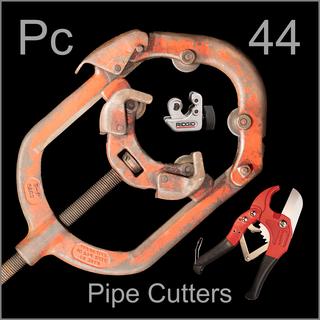 |
Leave a comment below! Or click on an individual tool to see more or leave a comment about that tool. |
|
 |
|
 |
| On a scale from marshmallows to bottles of nitroglycerine, string trimmers (also known as weed whackers) are on the safer side of the tool spectrum. If you’d like to make your string trimer a bit more dangerous, there are a variety of accessories you can get, including this sickle bar hedge trimmer, which replaces the spinning nylon line with blades itching to cut through anything under about half an inch (12mm) across. |
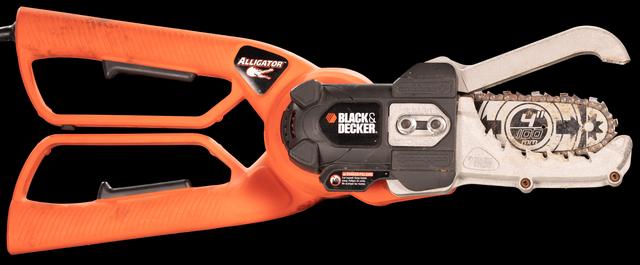 |
| I think Hollywood has missed a trick in not using this in a slasher movie. It’s a pair of pruning shears…but the blade is a chainsaw! Imagine the possibilities! |
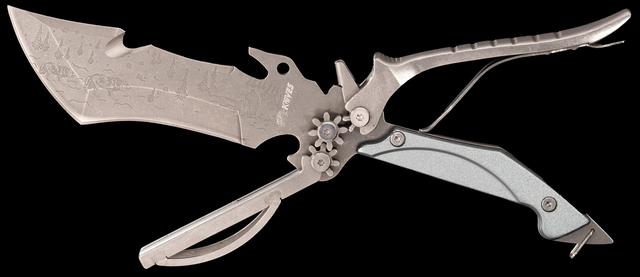 |
| It’s a knife! It’s a lopper! It will cut you either way! |
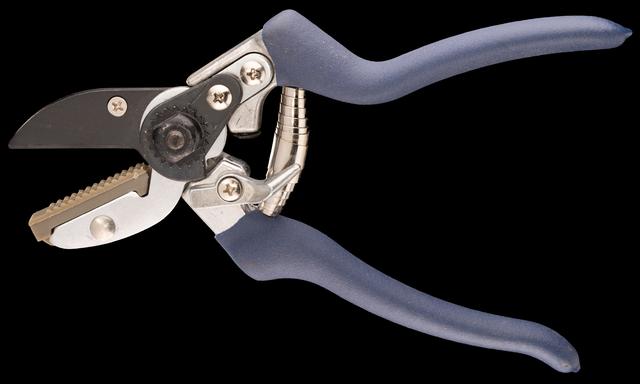 |
| An adjusting mechanism lets you make sure the blades closes exactly right. |
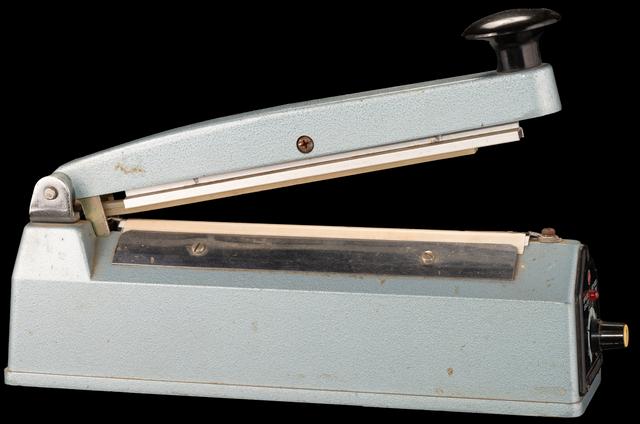 |
| This bag sealer has a hot wire that is activated for a fixed, adjustable length of time when it’s clamped down. This can be used to simultaneously seal and cut off shrink-wrap bags, or heat-seal any bags made of meltable plastic. I got it from a balloon company where it was used to seal the ends of mylar helium balloons. |
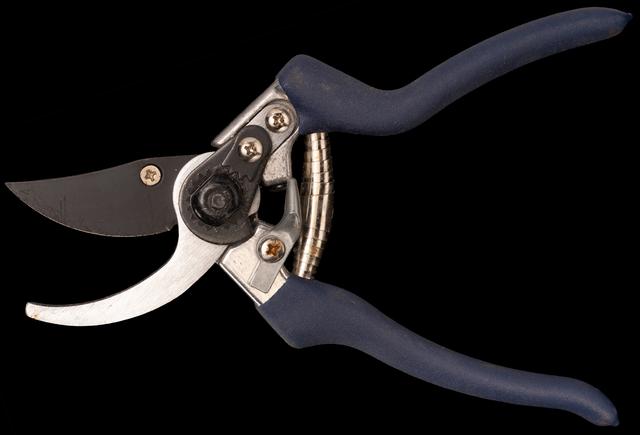 |
| Loppers |
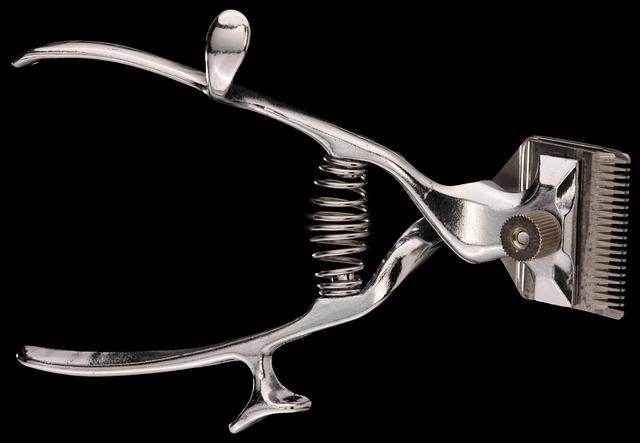 |
| We’re so used to seeing this cutting mechanism in electric hair and beard trimmers that it’s quite shocking, at least to me, to find a completely mechanical version. |
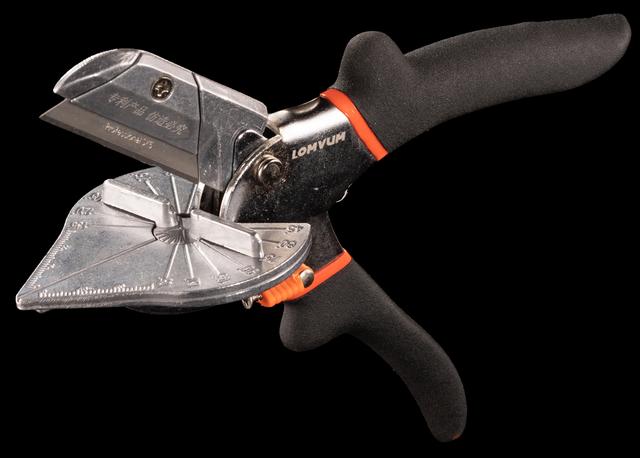 |
| These “miter shears” (actually anvil cutters) let you cut soft sheet, rod, or bar material at a fairly accurate angle. They won’t cut metal or hard wood, but plastic and soft or thin wood is fine. |
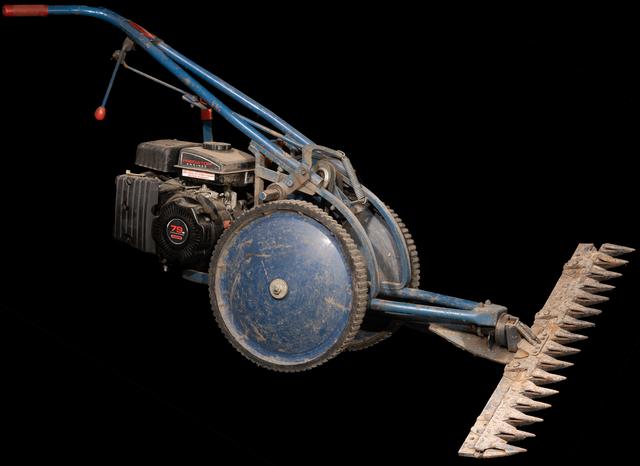 |
| If you own a hobby farm, as I do, a gas-powered sickle bar hair trimmer is a very handy tool. The blade can tilt left and right so it can easily go over rough, uneven ground, and it will cut anything up to about an inch thick without slowing down. |
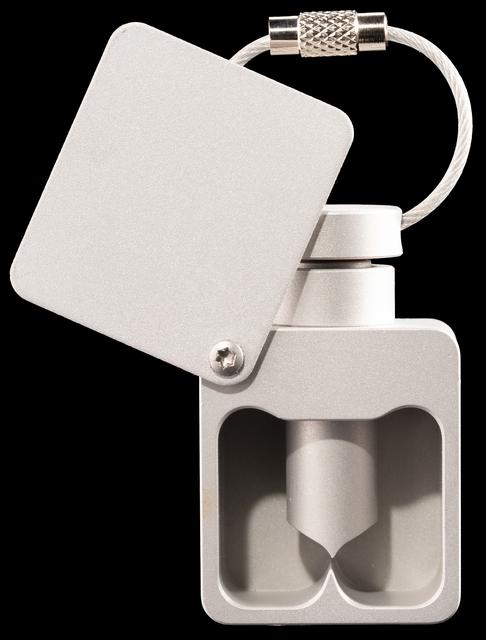 |
| This nipper doesn’t really have handles: you pull the plug out to separate the blades, then push it down to split a pill in half. |
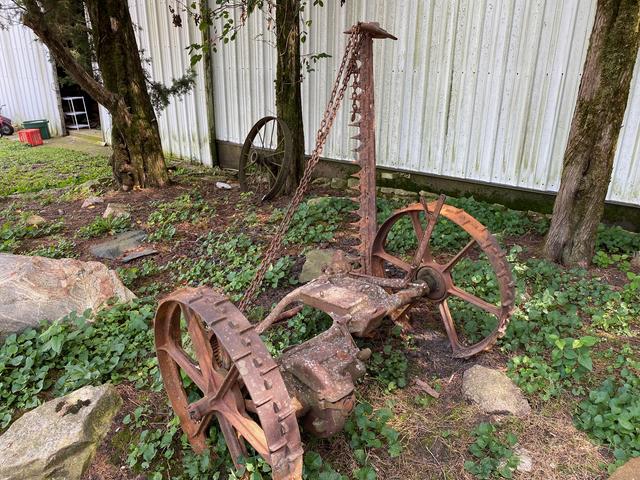 |
| This is a horse-drawn hair trimmer for mowing lawns and meadows. It will take care of the odd tree or bush at the same time. |
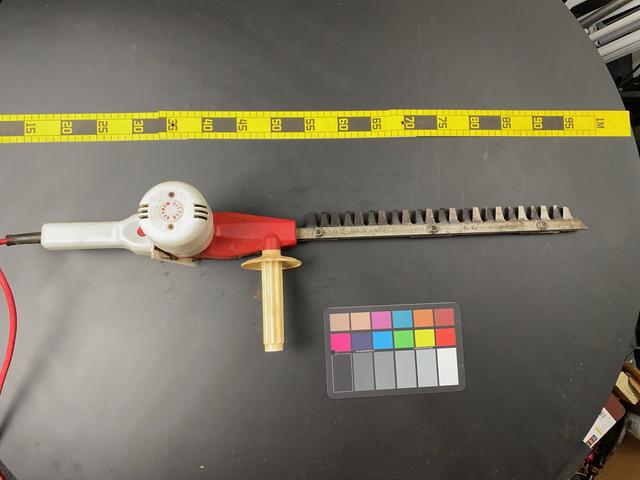 |
| For the seriously unruly beard there are larger hair trimmers available. Just kidding, these are hair trimmers for hedges and bushes. |
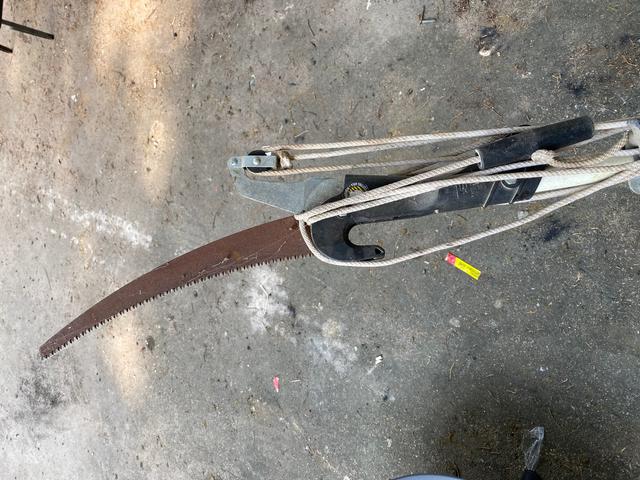 |
| If you put a bypass lopper on the end of a long pole, you have a tree pruning tool. Usually they have a rope to activate the lopper, and sometimes they have a saw as well, for thicker branches. |
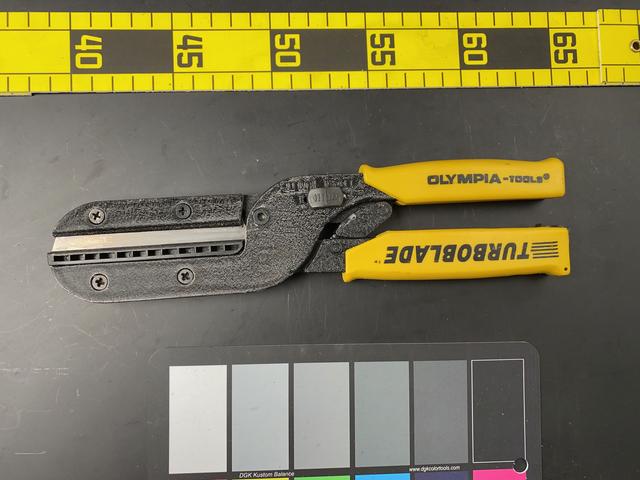 |
| Anvil Cutters |
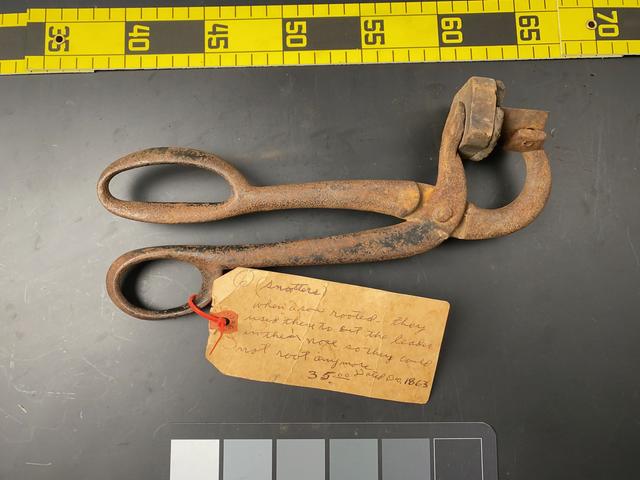 |
| Hogs use a ridge on the tip of their nose to dig in the ground looking for things to eat. Farmers who didn’t like this used to use hog snooters—this tool—to cut off the ridge and thus discourage the pig from digging. See hog ring pliers for what has replaced this practice. |
 |
| Loppers |
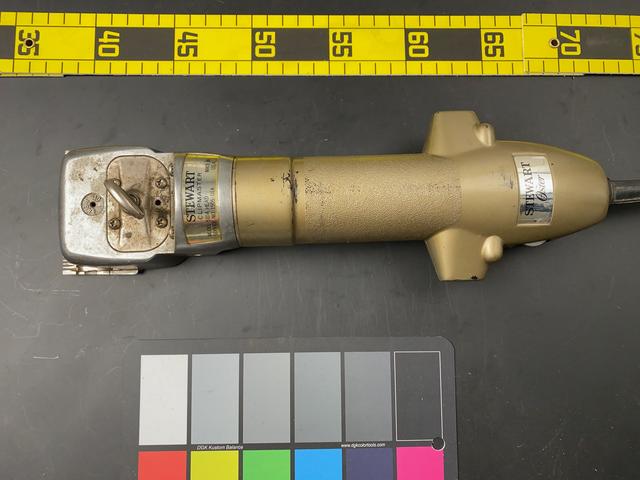 |
| If I let my beard go too long I might need to use these sheep shears, which are nothing more than industrial-grade hair trimmers. |
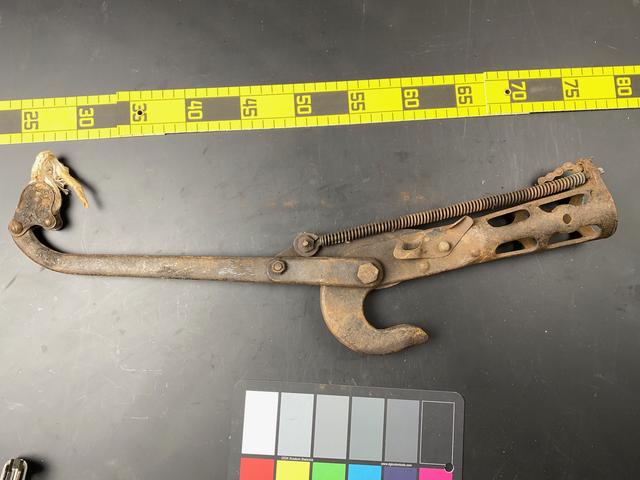 |
| Rope Loppers and Saw |
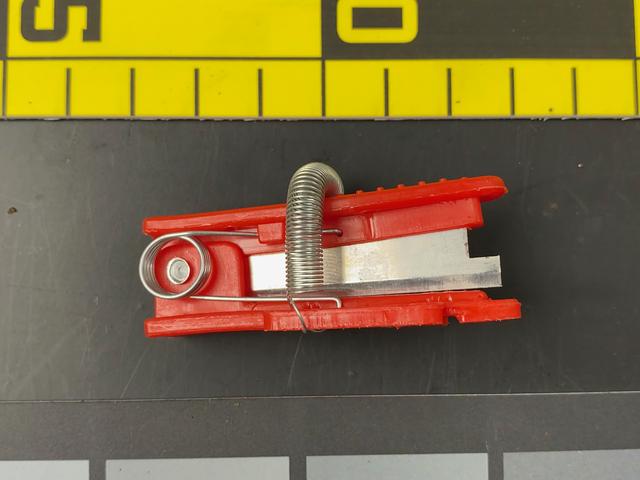 |
| This mini anvil cutter is meant to slip on your finger, using the spring to hold it in place. Your finger and thumb then become a cutting machine for delicate pruning, or maybe trimming green beans? |
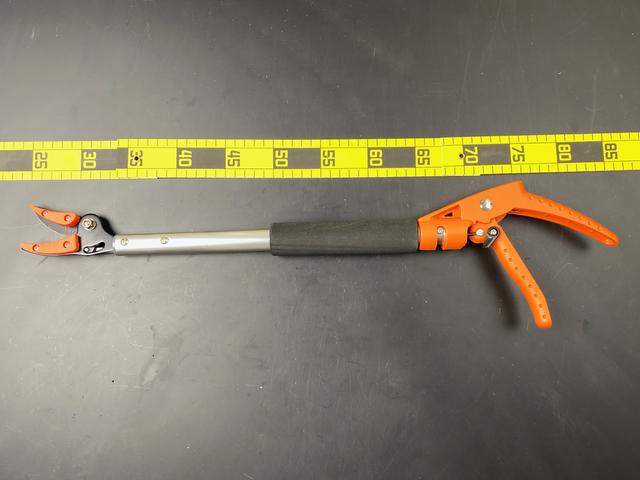 |
| This fruit picker puts the bypass loppers at the end of a stick, and adds a pair of plastic jaws to grip the stem just as it’s being cut, to keep the fruit from falling. |
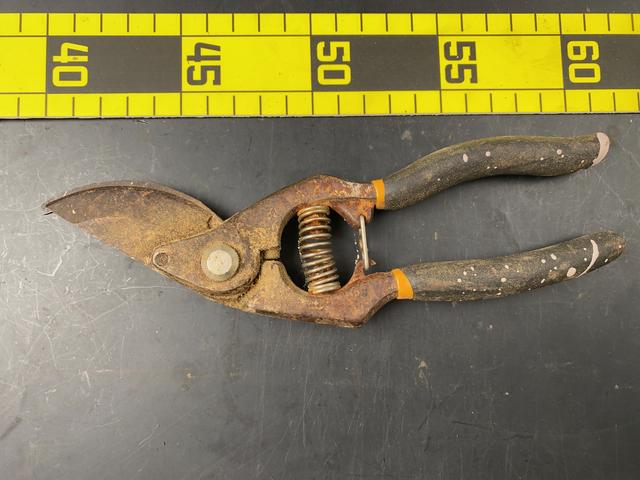 |
| “Bypass loppers” are common gardening tools. They work well on live stems, but may bend or break when used on dry wood. |
 |
| Anvil-style garden loppers should not be used on live plants, because they crush the branch while cutting it. |
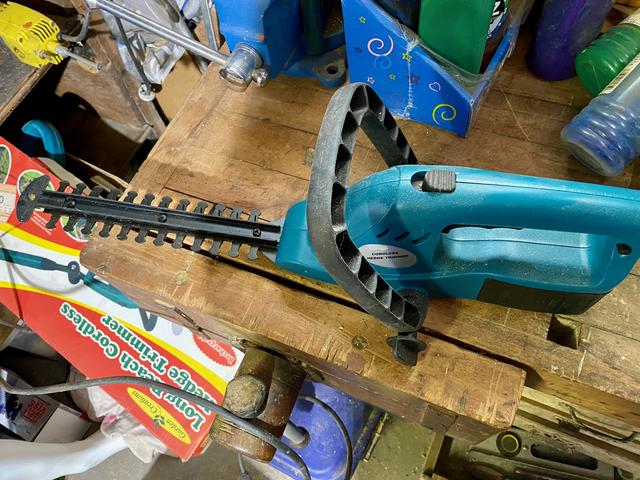 |
| Hedge Trimmer |
 |
| Hedge Trimmer |
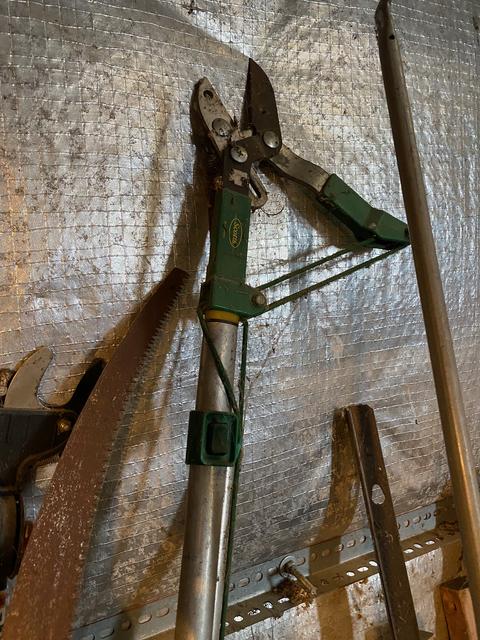 |
| Long Reach Loppers |
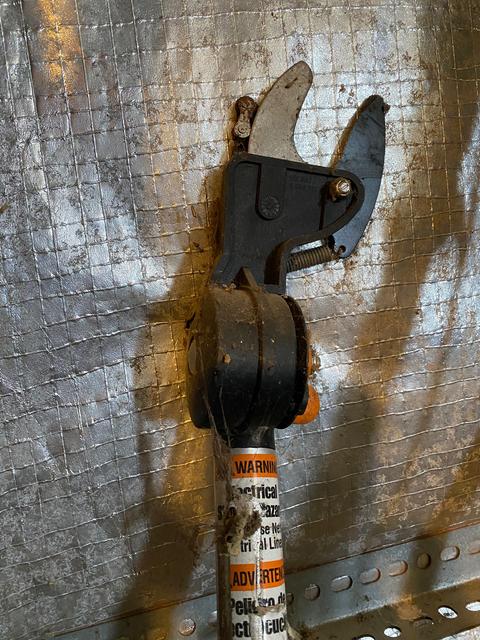 |
| Long Reach Branch Cutter |
Do you have a better example of this kind of tool? Let me know by leaving a comment, and include a picture of it if you can so everyone can see!